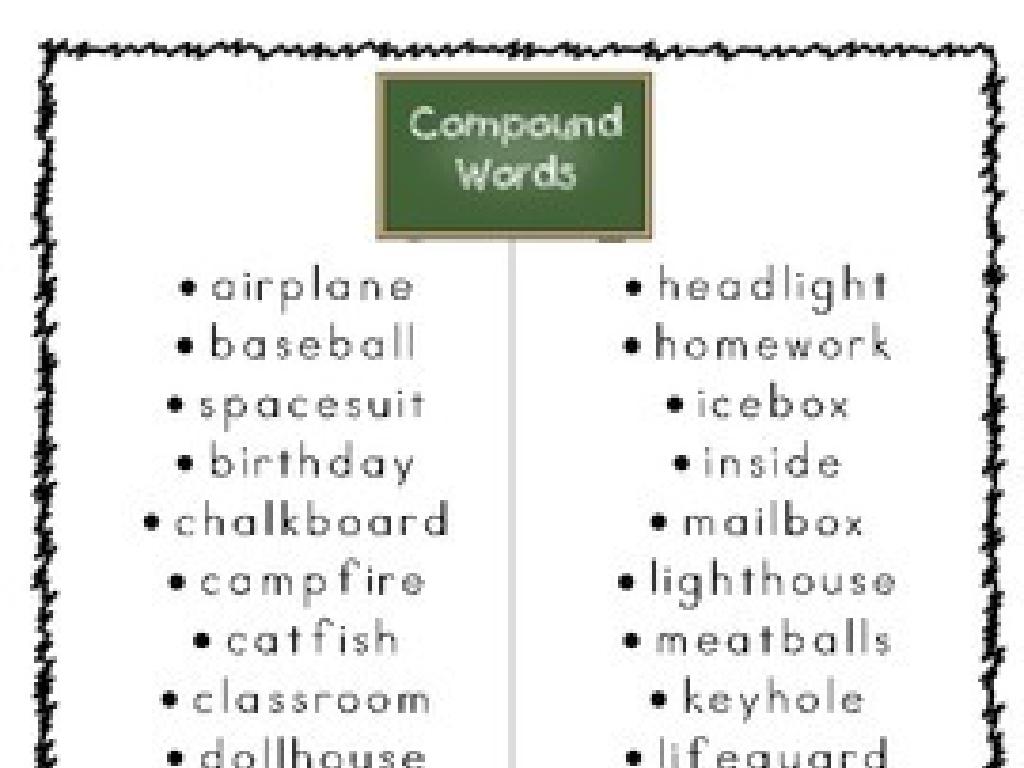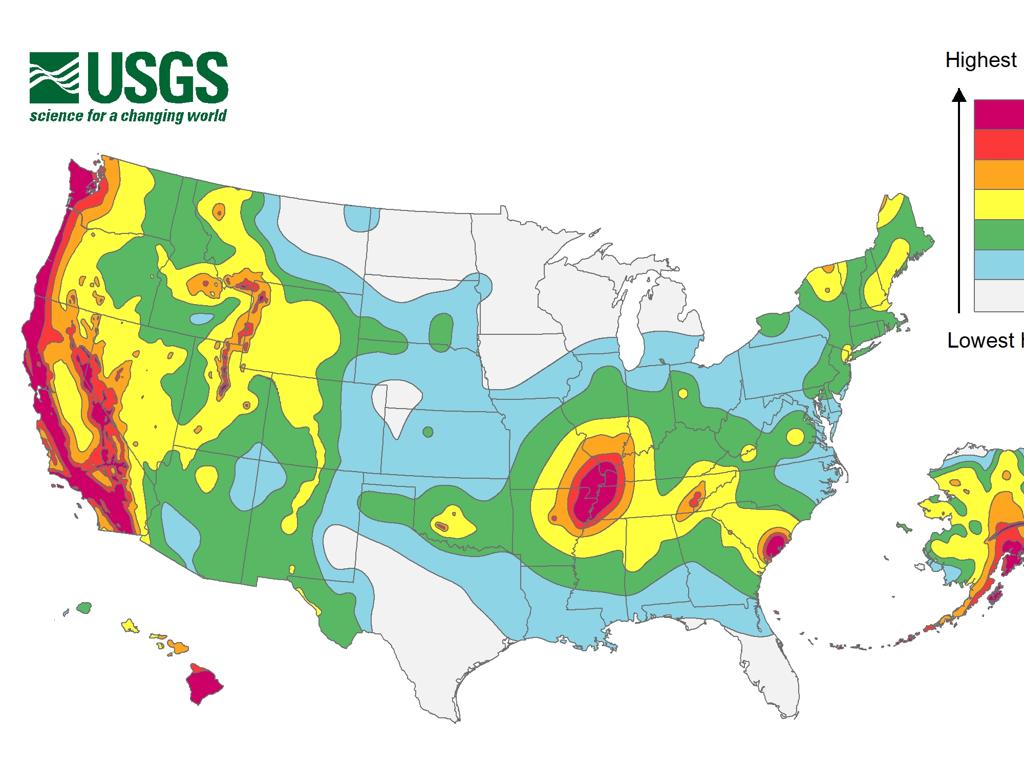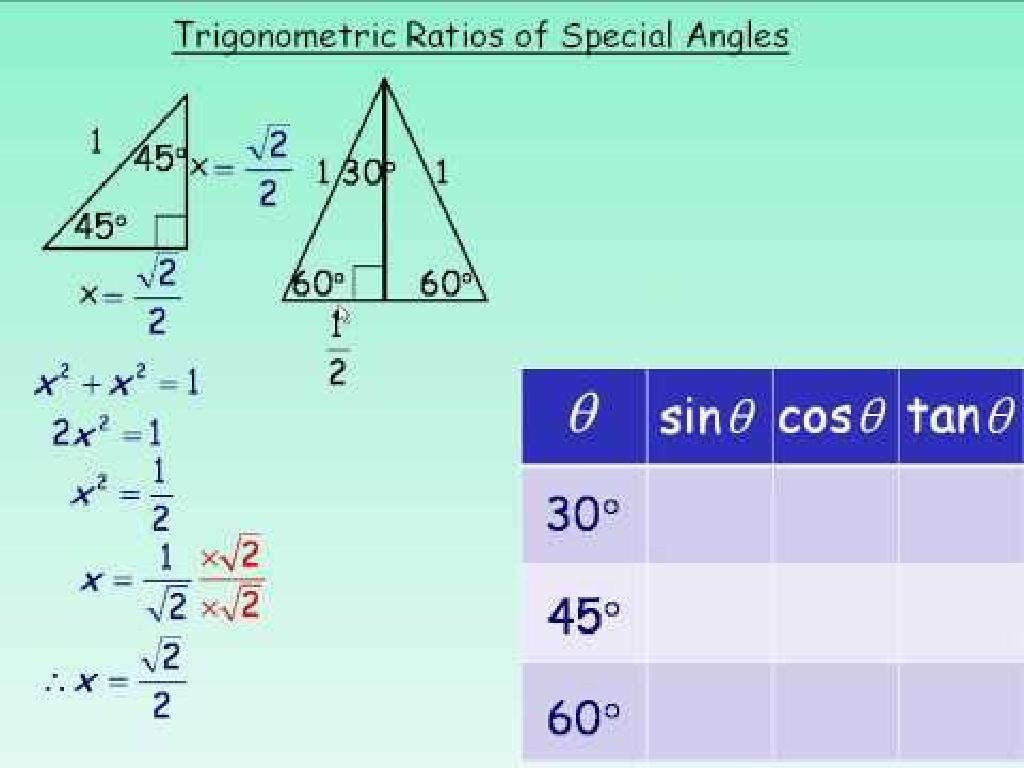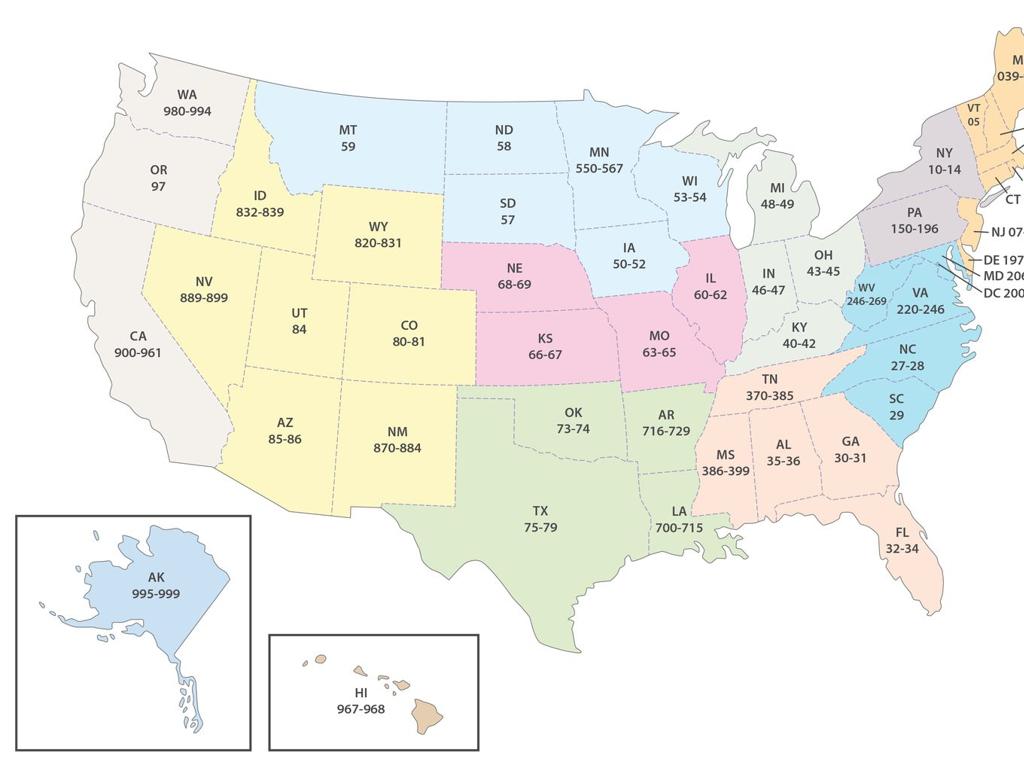Which Is The Better Coupon?
Subject: Math
Grade: Seventh grade
Topic: Consumer Math
Please LOG IN to download the presentation. Access is available to registered users only.
View More Content
Smart Shopping with Math: Coupon Evaluation
– Grasping the value of money
– Math in making shopping choices
– Today’s lesson: Coupon comparison
– How to determine which coupon provides the best deal
– Saving more with the right coupon
– Example: 10% off vs. $5 off on a $50 purchase
|
This slide introduces students to the practical application of math in everyday life, specifically in making informed decisions while shopping. Understanding the value of money is crucial for financial literacy. Math plays a significant role in helping us choose the best deals and save money. Today’s focus is on evaluating different types of coupons to determine which one offers the most savings. Use real-life scenarios, such as comparing percentage-based discounts versus fixed-amount coupons, to illustrate how to calculate savings and make the best financial decision. Encourage students to think critically about the conditions under which each type of coupon would be more beneficial.
Understanding Coupons in Consumer Math
– Define a coupon
– A coupon provides a discount on the price of specific items at the time of purchase.
– Types: Percentage vs. Fixed amount
– Percentage off reduces the price by a certain percentage, while fixed amount off reduces it by a specific dollar value.
– Real-life coupon examples
– For instance, ‘20% off on shoes’ or ‘$5 off your next book purchase’.
– Comparing coupon values
– Determine which saves more: 20% off a $50 item or $10 off the same item?
|
This slide introduces students to the concept of coupons and their role in consumer math. Begin by defining what a coupon is and how it can be used to obtain a discount on purchases. Explain the difference between percentage off and fixed amount off coupons, providing real-life examples to make the concept relatable. Engage students with an activity to compare different coupon values and decide which is the better deal, reinforcing their understanding of percentages and subtraction in a practical context.
Calculating Savings with Percentage Coupons
– Calculating percentage savings
– Example: 20% off of $50
– 20% off $50 means saving $10, so you pay $40
– Practice: 15% off of $30
– What is 15% of $30? Apply the percentage to find savings
– Understanding discounts
– Discounts reduce the price. A 15% discount means you save 15 cents on every dollar
|
This slide is aimed at teaching students how to calculate savings when using a percentage coupon. Start by explaining the concept of percentage and how it applies to discounts. Use the example of a 20% discount on a $50 item to show how to calculate the savings ($10) and the final price ($40). Then, present a practice problem where students calculate 15% off of $30, reinforcing the method. Emphasize that understanding discounts is a valuable consumer math skill, helping them make informed decisions when shopping. Encourage students to solve the practice problem and discuss the process as a class.
Calculating Savings with Fixed Amount Coupons
– How to calculate fixed coupon savings
– Example: $10 off a $50 purchase
– Subtract coupon value from total cost
– Practice: Calculate $5 off $25
– Apply the same method: $25 – $5
– Understanding coupon impact on price
– Grasp how coupons reduce total expense
|
This slide aims to teach students how to calculate the savings they can get from using fixed amount coupons. Start by explaining that a fixed amount coupon reduces the total cost of items by a specific dollar value. Use the example of a $10 coupon on a $50 purchase to show that you subtract the coupon value from the total cost ($50 – $10 = $40). Then, give students a practice problem to solve on their own, such as calculating the final price with a $5 coupon on a $25 purchase. This exercise will help them understand the direct impact coupons have on the total price paid. Encourage students to think about how this knowledge can be applied in real-life shopping scenarios to make cost-effective decisions.
Comparing Coupons: Which Saves More?
– When to use a percentage coupon
– Use percentage coupons on expensive items for more savings
– When to choose a fixed amount coupon
– Fixed amount coupons are better for low-cost items
– Consider original price and discount rate
– Higher original prices and discount rates favor percentage coupons
– Calculate maximum savings
– Compare final prices with both coupons to find the best deal
|
This slide aims to help students understand the decision-making process when choosing between percentage-based and fixed amount coupons. Emphasize that percentage coupons can offer more savings on higher-priced items, as the discount grows with the price. Conversely, fixed amount coupons may be more beneficial for less expensive purchases, as they can sometimes represent a larger percentage of the total cost. Encourage students to consider factors such as the original price of the item and the discount rate offered by the coupon. To determine the maximum savings, students should be guided to calculate the final price of an item with both types of coupons and compare the results. This practical exercise will enhance their understanding of consumer math and help them make informed decisions in real-life shopping scenarios.
Real-World Coupon Comparison
– Scenario 1: $100 jacket coupon choice
– 25% off vs $20 off: Which saves more?
– Scenario 2: $20 book coupon decision
– 10% off vs $5 off: Best option?
– Discussing coupon value
– Not all coupons provide the same savings
– Factors influencing coupon benefit
– Consider purchase price, discount amount, and final cost
|
This slide aims to engage students in practical consumer math by analyzing real-world scenarios where they must choose the most beneficial coupon. For the $100 jacket, students should calculate the savings from a percentage-based coupon versus a fixed amount coupon. Similarly, for the $20 book, they should determine which coupon offers a greater discount. The discussion should lead to an understanding that the best coupon can vary depending on the original price and the type of discount offered. Encourage students to think critically about the value of each coupon and how to maximize savings in different scenarios. This exercise will help them develop skills to make informed financial decisions in real-life shopping situations.
Class Activity: Coupon Challenge
– Activity: Find the better coupon
– Analyze different shopping scenarios
– Scenarios may include grocery, clothing, or electronics stores
– Work in pairs for best savings
– Use math skills to calculate total savings from each coupon
– Present findings to the class
– Share your strategy and results with peers
|
This interactive class activity is designed to apply practical math skills in a real-world context. Students will be given various shopping scenarios, such as purchasing groceries or clothes, where they will have to decide between different coupons to find which one offers the greatest savings. They will work in pairs to encourage collaboration and discussion, using their math skills to calculate percentage discounts, dollar-off savings, and final prices. After completing the activity, each pair will present their findings to the class, explaining their thought process and the math behind their decision. This will help students understand the value of math in everyday decision-making and improve their public speaking skills. Possible variations of the activity could include coupons with different discount rates, minimum purchase requirements, or category-specific savings.
Conclusion: The Power of Coupons
– Recap on coupon usage
– Consumer math in daily life
– Understanding deals helps manage finances
– Homework: Real coupon savings
– Find a coupon, calculate how much you save
– Discuss savings in next class
– Share your findings and learn from peers
|
Today’s lesson provided students with practical knowledge on how to determine which coupon offers the best deal. Emphasize the importance of consumer math as a tool for making informed financial decisions in everyday life. For homework, students should find an actual coupon, calculate the potential savings on a purchase, and be prepared to discuss their findings in the next class. This activity will help reinforce the day’s lesson and provide a real-world application of math skills. Encourage students to explain their thought process during the next class to facilitate peer learning.






